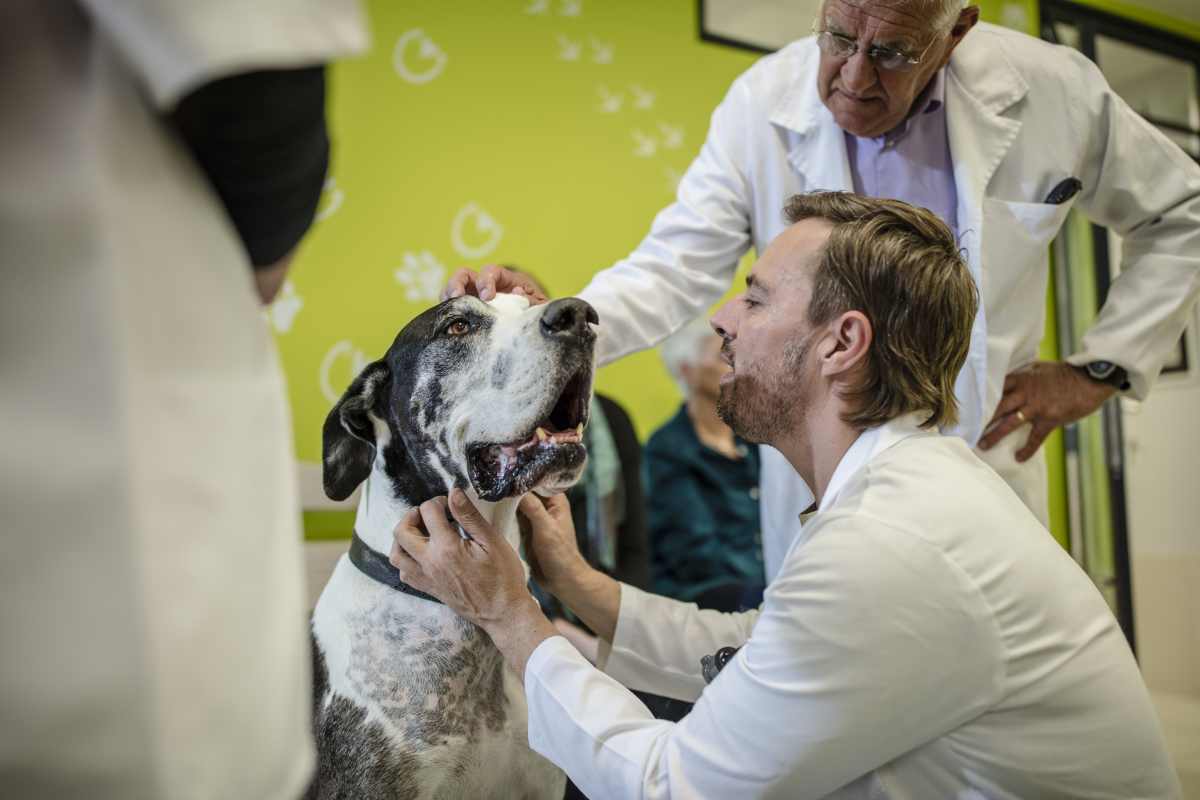Dogs and cats go through midlife crisis too — vet shares tell-tale signs and strategies to help your aging pet

Not just humans, even pets experience the tough phase of a midlife crisis, often manifesting as physical symptoms. While humans usually experience it around age 50, pets may go through the same phase in their own version of midlife. Dr. Kelly Fishman, a veterinary sports medicine and rehab expert, encouraged pet owners to look out for telltale signs of a midlife crisis in pets. While they may not dramatically affect their well-being, the minor shifts can leave a concerning impact that owners must address eventually. In that case, the expert also shared strategies to help pet owners adjust to their furry family members’ needs, as reported by GBH.

Fishman explained that the onset of midlife crisis in pets varies with their size and lifespan. Small breeds will typically reach this phase later than larger breeds. “So dogs that are small breeds, under 50 pounds: those are our French bulldogs, our miniature greyhounds—they’re reaching their midlife crises at [age] 10,” said the expert. Fishman is also the founder of Strut Animal Mobility Specialists. Speaking of the larger breeds over 50 pounds, such as Labradors, Great Danes, and even cats, midlife is likely to occur around age seven.

The symptoms of a midlife crisis in pets include weight gain due to a slowing metabolism, worsening eyesight, and cloudy vision. Animals may also experience hearing loss and struggle to build muscle in the body. In addition to the physical challenges, pets can undergo behavioral changes. “Less playful, sleeping more, slowing down on walks, withdrawing from their pack and their family, maybe asking for either less or more attention,” Fishman enlisted. Ageing in humans is conspicuous and easy to recognize. Similarly, as pets age, pet owners must look out for these signs and act accordingly.

One of the better strategies to tackle the symptoms of ageing is physical exercise. It can help pawed pals combat dementia and cognitive decline. Exercise also helps dogs struggling with arthritis. However, the expert noted that owners must not overwork their pets but aim to keep them strong, moving, and maintain a healthy weight. “The other thing is they’re losing muscle, just like we lose muscle midlife,” pointed out Fishman. She recommended Fortetropin, which aids in building muscle and preventing muscle loss with age, as proven by scientific studies. Similarly, joint supplements for both cats and dogs are beneficial as animals approach midlife. These can be found in Type 2 undenatured collagen, probiotics, and foods with omega-3 fatty acids.

Dr. Julie Hunt, a vet consultant for Embrace Pet Insurance, stated that cats age faster than humans. Cats typically enter midlife by seven and are considered senior by nine years of age, per Kinship. Therefore, frequent vet visits become essential. “Cats hide illness very effectively, [and] bloodwork may identify issues with organ function, diabetes, anemia (not enough red blood cells), and many other health problems. Annual bloodwork becomes even more important as the cat ages,” the vet revealed. Giving the same attention and care in their midlife will help your pets thrive and stay happy as they age.